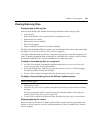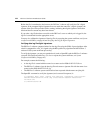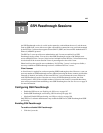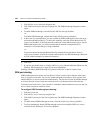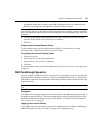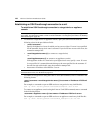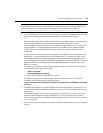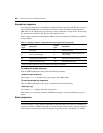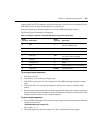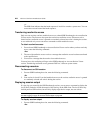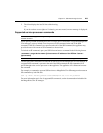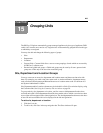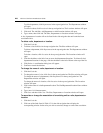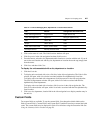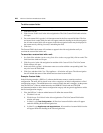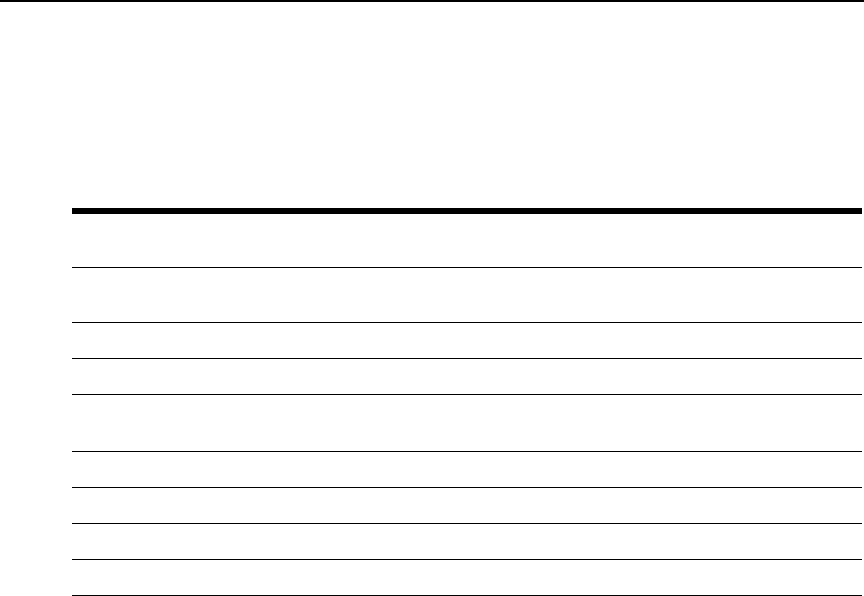
Chapter 14: SSH Passthrough Sessions 201
supports ASCII and UTF-8 characters and special break keys. Only the user with read/write access
to the SSH session can send a break sequence to a target device.
You can configure up to 10 break sequences to be used in SSH Passthrough sessions.
The following special break keys are supported:
To configure break sequences:
1. Click the System tab.
2. Click DSView Server in the top navigation bar.
3. Click SSH Passthrough in the side navigation bar. The SSH Passthrough Properties window
opens.
4. In the Delay field, you may enter the number of milliseconds to delay a command if
\d is
entered.
5. Enter the break sequence description in the Description field, then enter the break sequence in
the Break Sequence field. Descriptions and break sequences are limited to 64 characters. Field
numbers 0-9 are available for up to 10 break sequences.
To send a break sequence:
1. From an SSH Passthrough session, enter the escape sequence for the break sequence definition
in the following format:
^Ecl[break sequence number 0-9]
For example: ^Ecl5
2. The break sequence is sent to the target device and a confirmation message appears.
Table 14.2: DSView 3 Software - Supported SSH Passthrough Session Break Keys
Break
Character
Description
Break
Character
Description
\a Alert \z
Serial break [defined as Telnet break:
IAC(\337), BREAK(\363)]
\b Backspace \\ Backslash
\d Delay [preset value is 250 milliseconds] \^ Circumflex
\f Form-feed \ooo
Octal representation of a character (where
ooo is one to three octal digits)
\n New line \c Character c
\r Carriage return ^? Delete
\t Tab ^c Control character (c is “and”ed with 0x1f)
\v Vertical tab [UTF-8] Any utf8 character



